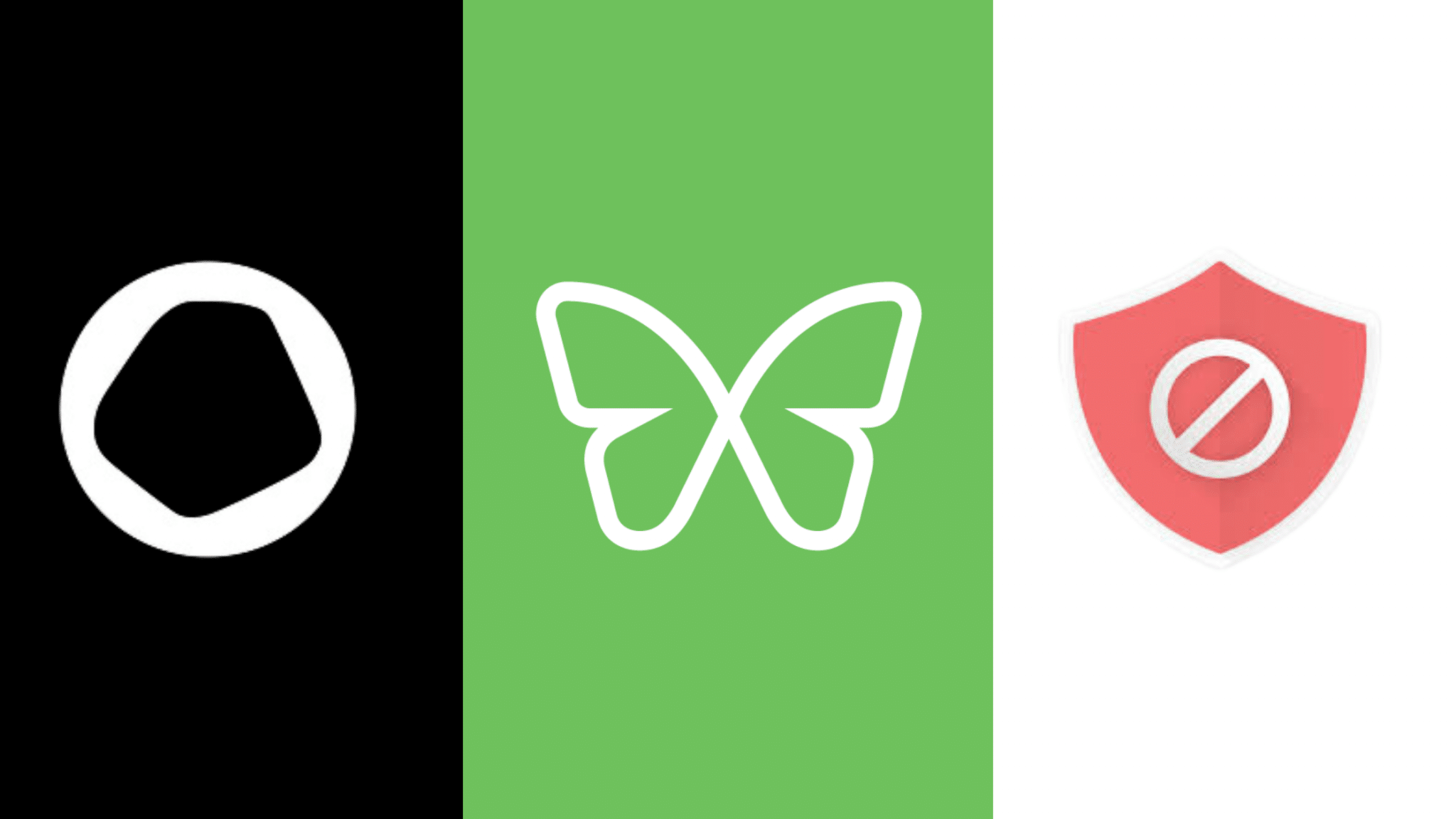Statement from Freedom about the App Store
Update: In Summer 2018, around the time Apple launched the Screen Time product, Apple removed Freedom and other Digital Wellbeing apps from the App Store.
After investigative reporting by the New York Times, and anti-trust investigations by numerous regulatory agencies, Apple reversed their decision and allowed Freedom back into the App Store.
While the information in this post is no longer correct (we’re back in the App Store!), we wanted to keep this around to document the experience we went through. It was a very tough time for our company, and we’re glad to be on the other side of it.
On Saturday, April 27, the New York Times published “Apple Cracks Down on Apps That Fight iPhone Addiction.” The article features Freedom and describes the systematic removal of tools that monitor or limit screen time from the iOS App Store.
Apple’s response to the article primarily focuses on the removal of apps that use Mobile Device Management (MDM) technology. MDM is a service created by Apple for the remote management of devices. Apple claims that MDM should only be used in an enterprise setting, and companies should not provide tools to allow parents to manage their children’s devices via MDM.
Freedom has never used MDM technology, so the focus on MDM obscures the fact that Apple also removed or restricted two other classes of apps. The first class was screen time trackers who used GPS permissions to keep the app alive so it could track phone pickups. The second class was Distraction Blockers which used the Network Extension API to block content on a device.
Freedom fell into the second class. Our technology used the Network Extension API to block network requests at the device level. Our solution was completely privacy-protective: because the blocking was done on the device, no information or network activity was ever sent off the device. For these reasons, we suspect, Apple never raised an issue of privacy or security with us. They simply told us we can’t block content at the device level, making Apple’s Screen Time the only product with that capability.
Whereas an MDM profile puts another device in control of yours, Distraction Blockers are self-managed, operating within the iOS Sandbox. Freedom is not, and has never been a parental monitoring tool – it is a tool for self-regulation. The user is always in control of their experience, and Freedom simply translated direct intention (“Block Twitter for 30 minutes”) into action. Removing Freedom didn’t improve security, it reduced consumer choice regarding how people interact with their devices.
Removing Freedom didn’t improve security, it reduced consumer choice regarding how people interact with their devices.
There are legitimate concerns about the use of MDM in consumer settings. A bad-acting company could use MDM to compromise a device, just as a bad-acting company that sneaks malicious code past app review could. And as Apple could remove a bad app, it could revoke a bad enterprise certificate.
If Apple only removed MDM apps, then their argument around security might stand up. But our experience left us feeling subjectively targeted. As Apple removed Freedom and other Distraction Blocker apps, it allowed Ad Blocking apps that use the exact same technology (Network Extension API) to stay in the store. If Apple was truly concerned about this technology, it would have also removed Ad Blockers, as they have a significantly larger install base.
For over 10 years, Freedom has worked to build best-in-class tools for managing distraction and improving productivity. Our mission is to make people’s interaction with technology more positive and fulfilling. We have deep expertise in the matter, which is why we created the model for a Screen Time API, and encourage competition and development in the space. In a perfect world, we would work with the large OEM’s to share our expertise and create more positive interaction with devices. While this has been an incredibly frustrating experience, we still hope that day soon comes.
In a perfect world, we would work with the large OEM’s to share our expertise and create more positive interaction with devices.


